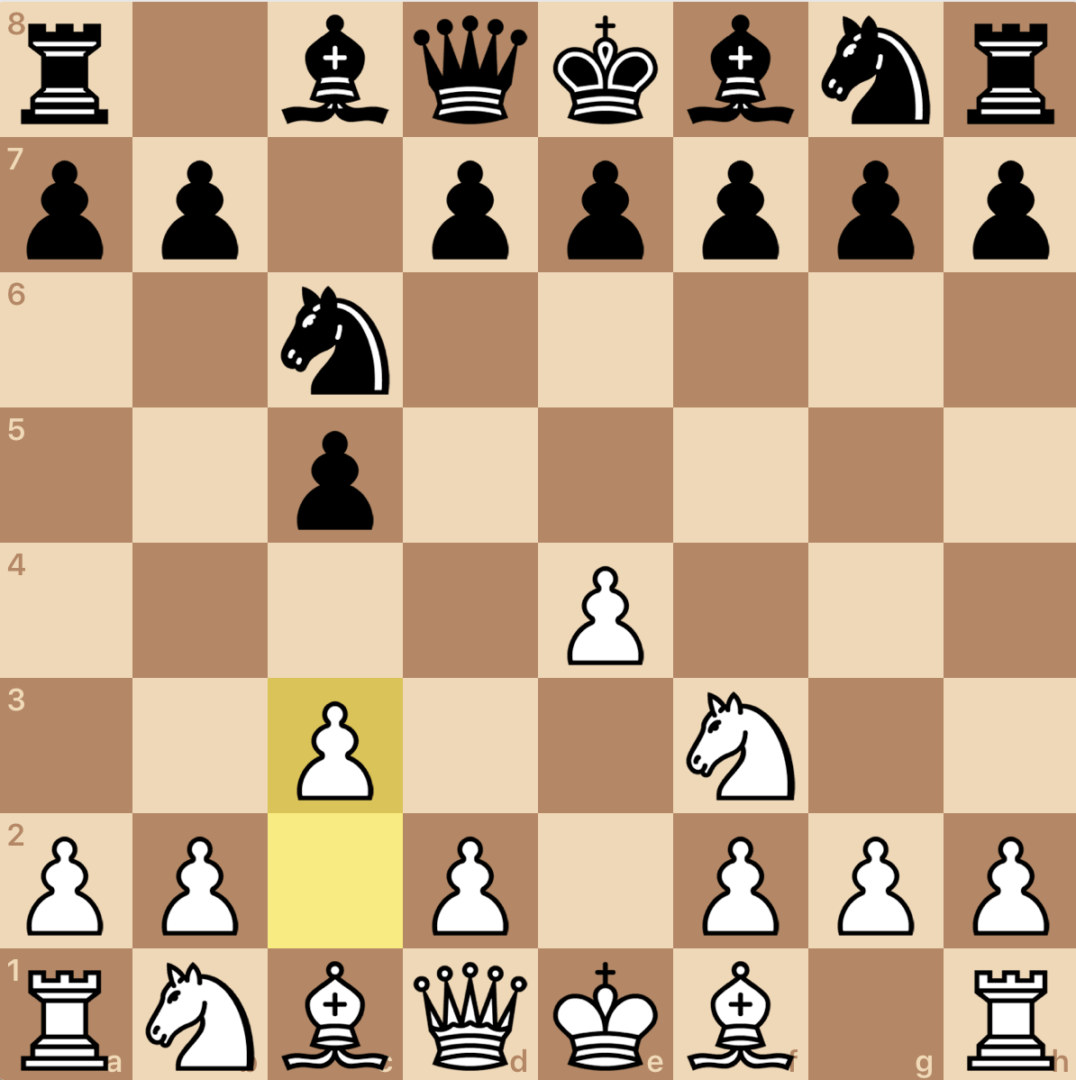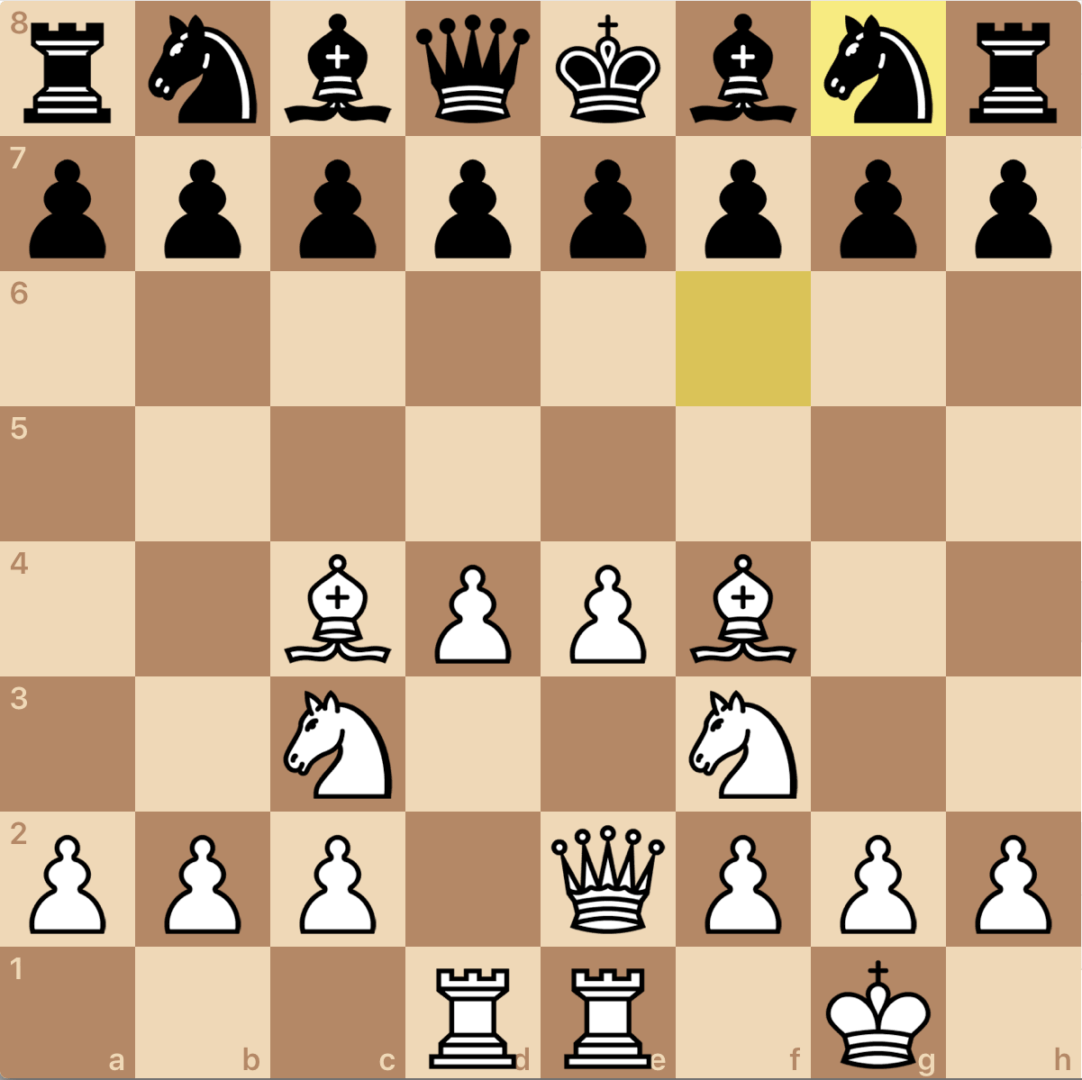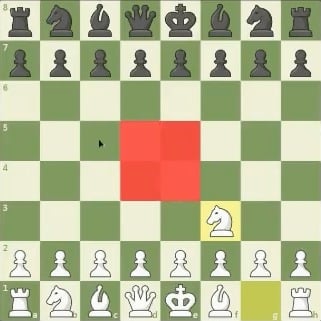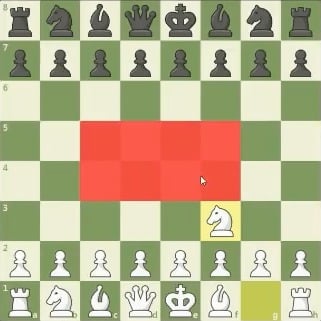In chess and life, achieving a good position in the beginning of the game usually leads to success down the road. During a recent live Chess TV Amateur Hour show on YouTube, international master Danny Rensch explained the top 3 keys that make a good position in chess, the top 3 things to keep in mind on the way to that position and once you’re there, and how to begin to think about playing chess more than one move at a time.
All in all, these are essential tips and strategies that beginners need to know to win more games of chess!
The Top 3 Things That All Good Chess Plans Have In Common
There are all kinds of plans you can play for, but all of the good ones have something in common:
- They attack (or control) the center of the board
- The center squares on the board are d4, d5, e4, and e5
- They develop all of their minor pieces as quickly as possible
- The minor pieces are bishops and knights
- As a rule, get all four minors out before you move a piece twice
- They get the king safe as soon as possible
- This is done by castling
The opening explorer will help you to learn options, but no matter what the stylistic choice or what the opening explorer says, but they all have those three things in common. If you’ve never used it before, read my article about how to use Chess.com’s opening explorer before you give it a try.
The Key To Getting A Good Position In Chess
The key to getting good chess positions is commitment. Commit to a plan and try to get it. An example of a plan would be, “I’m going to try to challenge the center with the pawns.” A good way to do that is with the move c3.

About Controlling The Center
I had heard that it’s important to control the center of a chess board more times than I can count, but I didn’t understand why until I asked Danny about it. Here’s how he explained it to me:
Why Does Every Chess Game Start The Same Way?
The reason e4, d4, c4, or knight f3 will be played in 99.9% of chess games is that each of those moves fights for immediate control over the 4 more critical squares in the center of the board.
If you extend that, these are the 8 most critical squares in the middle of the board.
If you extend that, these are the 16 most critical squares in the middle of the board.
If your pieces either occupy or are fighting for control over those squares, you already in significantly better shape than other opening options.
So, Why Do We Play e4?
We play e4 because each move:
- Immediately occupies the center
- Fights for control over another (or 2 others if you count the extended 8)
- Opens up more pieces to join the fight and do the same
This is the best because you need to:
- Fight for control over the center
- Limit your opponent from doing so
But If A Piece Is In The Center, Isn’t It More Open To Attack?
Danny said yes, but it’s a short-sighted view. He said, “OK, you know you’re supposed to bring your pieces to the center. But do you know why you’re supposed to bring your pieces to the center?”
“No,” I replied.
Why Do I Need To Control The Center?
If your piece is occupying a central square, the chances of it doing serious damage are higher. It’s a reason based based on pure power and control.
Don’t ever control something because you were told to — do it because you want to understand the goal of the game.
How To Play Chess Moves With Follow-up Moves In Mind
Next, I confessed to Danny that there are very few moves I play where I have another follow-up move in mind. Here’s what he said about how to approach that:
First and foremost, play a solid opening:
- Control the center, develop your minors, get the king safe
- They’re not going to fully occupy the center, because your opponent is probably not going to do nothing
- But if you were able to achieve the best possible position following the rules above, you would end up with The Dream Position In Chess — The Fantasy
The Perfect Fantasy Position In Chess

Note from Danny: Tattoo the fantasy on your eyebrows so you never forget it. It doesn’t get better than this.
A More Realistic Fantasy
Realistically, however, you’re not going to get something like this because your opponent is going to be trying to attack the center too — you’re both fighting for the center. In this situation, you’ll make compromises so you don’t lose material.
Note: Because you’re both playing the “fantasy”, it’s not quite as good as the dream fantasy because both players have their pieces on relatively centralized squares. We couldn’t just develop our pieces to every “best” square because our opponent wasn’t a total numbskull.
However, this is a specific chess position that can occur if we’re thinking about getting all of our minor pieces out, getting our kings safe, and controlling the center — the three things we established.
Top 3 Thoughts To Keep In Mind As You’re Getting Into Positions And Once They’re Achieved
There are three thoughts that should come to your brain both along the way of getting into these positions and once they’re achieved:
- Always be aware of the possible tempo moves for you and your opponent on every move
- Every check, capture, and queen attack for both sides should always be in the forefront of your mind so that you’re not blundering
- That’s how you avoid blundering
- Everything after this — about strategy and thought process — comes second to being aware of the possible tempo moves that you and your opponent can make — that’s the caveat
- Next, the two plans you can pay attention to in the game, beyond the obvious tempo move tactics are these:
- Get Your Pieces On Their Most Open Lines
- Ask yourself, “Are all of my pieces on their most open lines? Are they on the correct open files or open diagonals?”
- If the answer is no, ask yourself, “Is there a safe path for me to get them there?”
- Why are open files and open diagonals important? They give your pieces more options, so basically everything comes down to this one thought process:
- Are all of my pieces on their best squares?
- How do we define the best squares? Let’s say the center isn’t available because we’re playing a good opponent — then we ask ourselves, are our pieces on their best open files and diagonals starting on the center and going out from there?
- Follow The Pawn Chain
- Next advanced thing: Maybe there’s a piece that isn’t ideal, but I don’t see a clear way to move it — the next thing to think about is going in the direction of your pawn chain.
- No matter what position you’re in, you’re going to have pieces facing a certain direction.
- If there are ways to bring pieces to that area of the board, you should think about doing that.
- Which area of the board? The area of the board where your center pawn chain is facing.
- When you have a pawn chain, you’ve created a side of the board that has space for your pieces — so bring your pieces to the side of the board with that space.
- This shouldn’t be that advanced. You should be able to look at a position and see which way the river is flowing.
- If there isn’t an obvious direction, you’re probably playing an open center game, in which case you’ll probably want to bring your pieces to the center.
Tips
Pawn tip: When you move pawns, try to move them with a dual purpose:
- Open up your pieces:
- Limit your opponent’s pieces:
Danny says to think of your pawns like electric fences. He also says they have feelings, that they want to control things, and that you should talk to them.
Material advantage tip: As soon as you have a material advantage (more valuable pieces than your opponent), your goal should be to simplify the position. You don’t necessarily want to trade, but you want to keep the plan simple so you limit the risk of making mistakes on the way to checkmate.
You’re In The Position To Win
Now that we’ve discussed the keys to achieving a good position in chess — control the center, move out your minor pieces, and get the king to safety — you’re on your way to winning more games of chess, even if you’re a beginner.
I hope these tips are as helpful for you as they have been for me! Feel free to challenge to a game me on Chess.com (my username is payetteforward), and don’t forget to share this article with your friends on social media if you enjoyed it.







Thank you! This is very helpful
[…] you haven’t already, read my follow-up article called 3 Keys To Getting Good Positions In Chess: How To Win For Beginners! to accelerate your learning process and start winning more […]